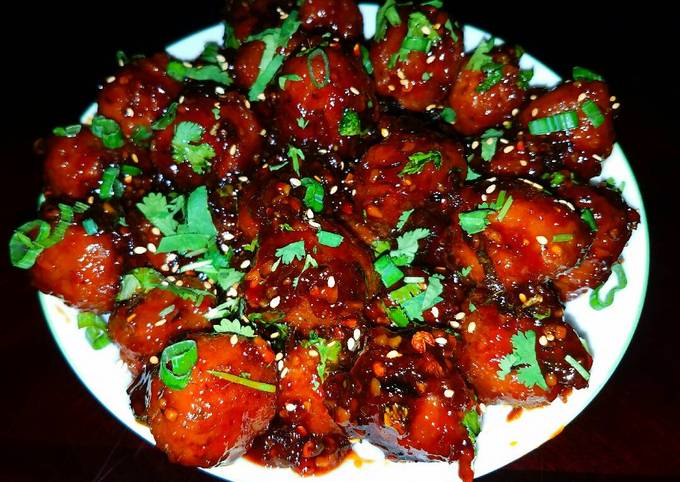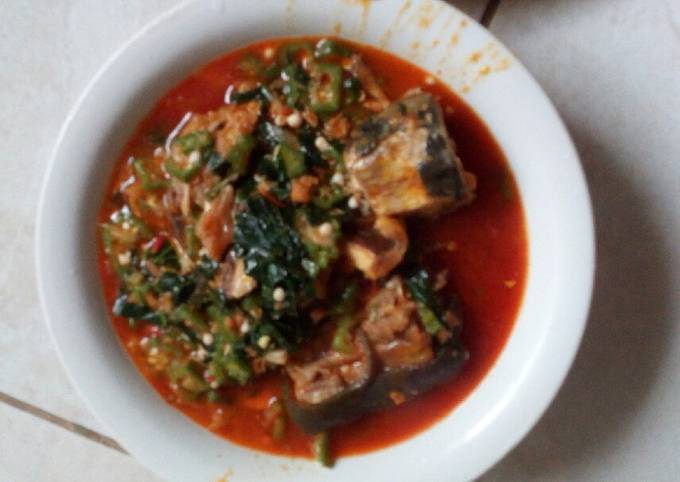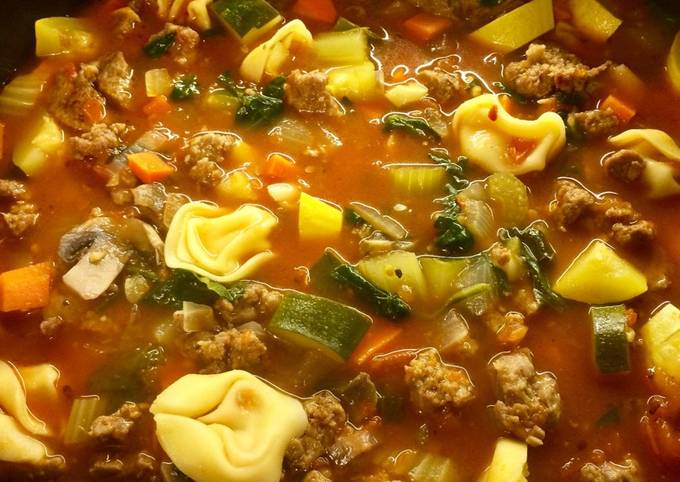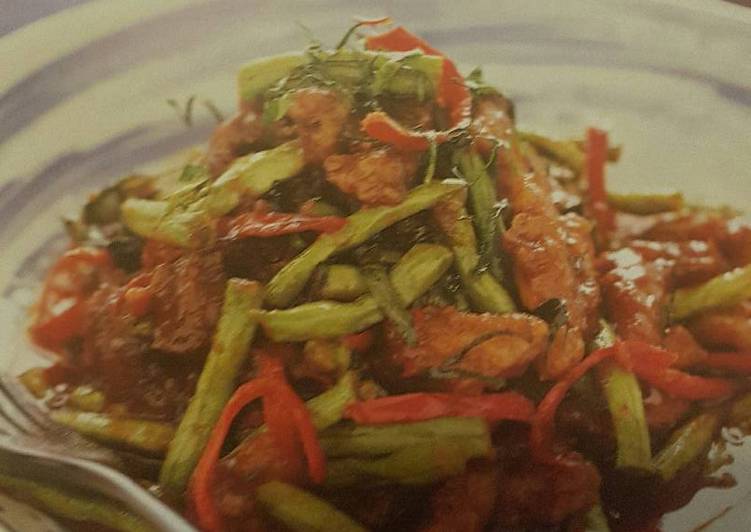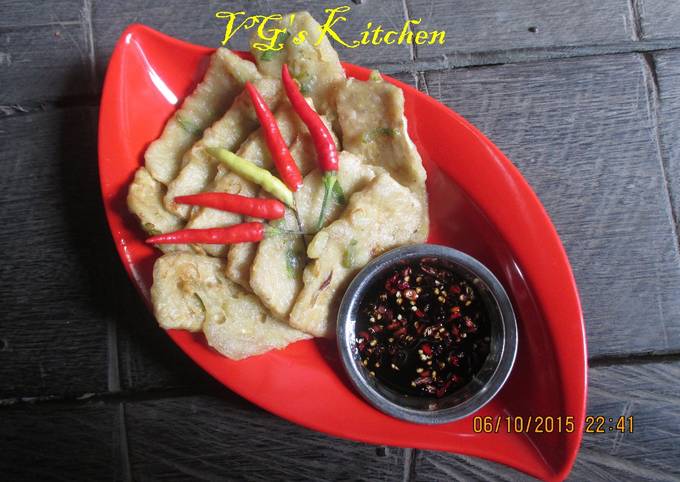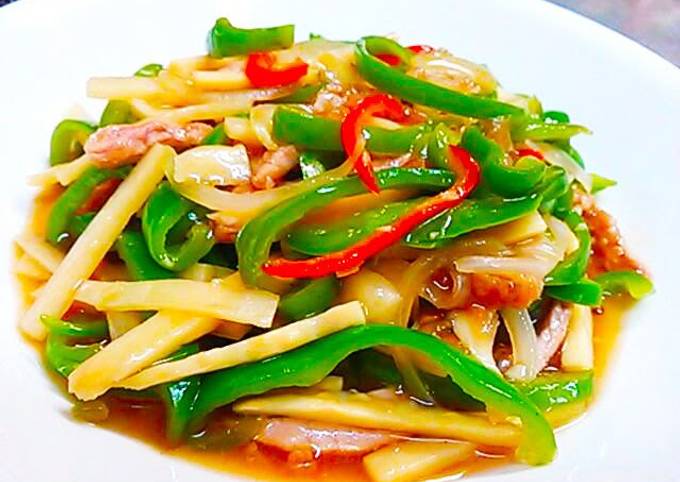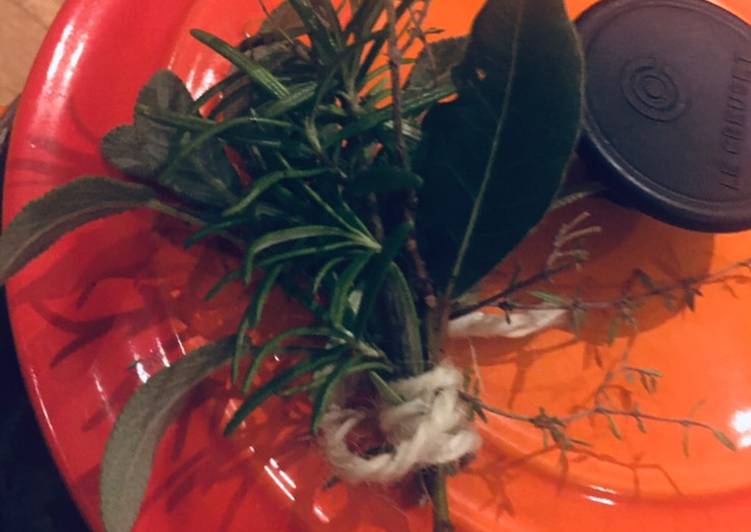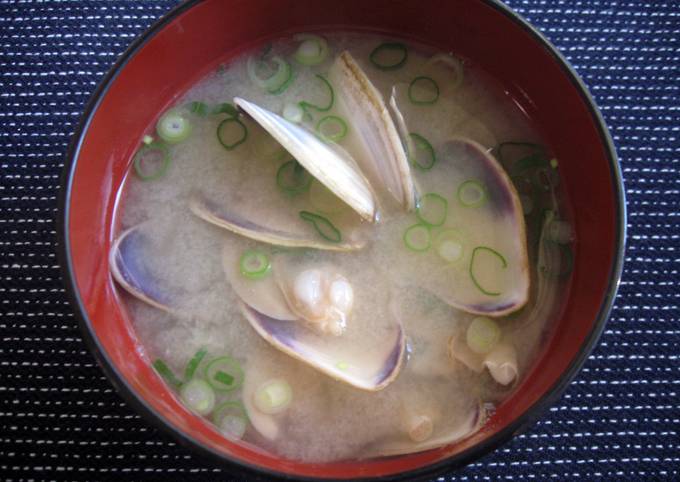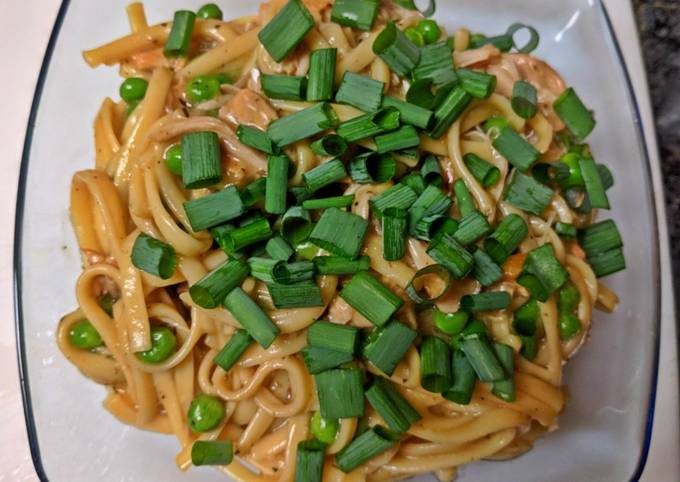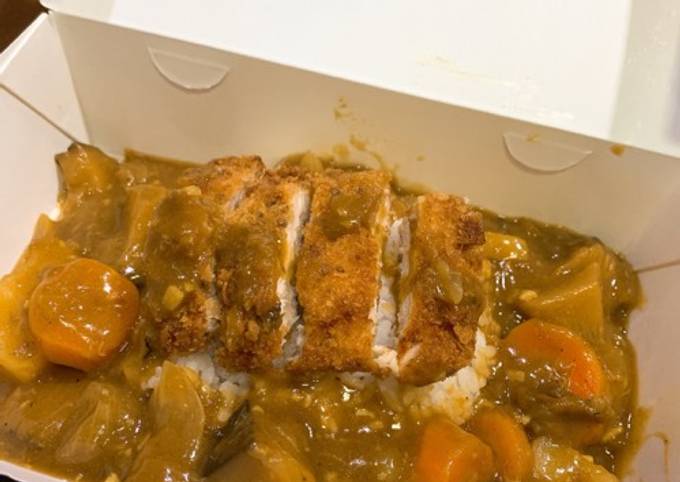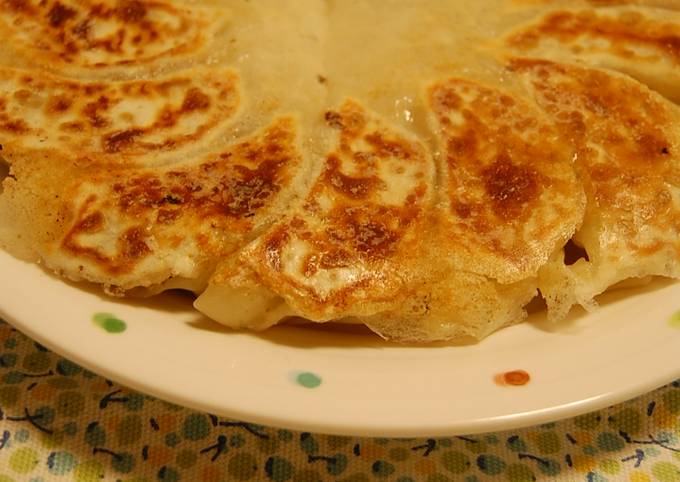
Hey everyone, hope you’re having an incredible day today. Today, I’m gonna show you how to make a special dish, healthy macrobiotic vegetable gyoza. It is one of my favorites food recipes. For mine, I’m gonna make it a bit unique. This will be really delicious.
Healthy Macrobiotic Vegetable Gyoza is one of the most well liked of current trending foods on earth. It’s enjoyed by millions daily. It is easy, it is quick, it tastes delicious. They’re nice and they look fantastic. Healthy Macrobiotic Vegetable Gyoza is something which I’ve loved my entire life.
Crispy pan-fried Vegan Gyoza (Jiaozi) are Japanese Vegetable Dumplings, also called Potstickers. They're made of simple Homemade Dumpling Wrappers and filled with healthy veggies. This recipe is fairly easy and includes step-by-step instructions. Fresh shiitake - shiitake mushrooms have a meaty flavor and loads of guanylates that make them a great meat substitute.
To get started with this recipe, we must first prepare a few components. You can cook healthy macrobiotic vegetable gyoza using 13 ingredients and 8 steps. Here is how you can achieve it.
The ingredients needed to make Healthy Macrobiotic Vegetable Gyoza:
- Prepare 30 Gyoza wrappers
- Take 2 Koya-dofu (freeze-dried tofu)
- Take 5 leaves Cabbage
- Get 1 knob Ginger
- Get 15 cm Green onions or scallions
- Make ready 1 Spring onions or scallions
- Prepare 70 grams Maitake mushrooms
- Get 1 large, King oyster mushroom
- Make ready 1 tbsp ●Soy sauce
- Get 2 tbsp ●Sesame oil
- Make ready 1 tsp ●Beet sugar
- Prepare 1 tsp ●Vegetarian Chinese stock powder (optional)
- Take 1 tsp at a time ★Plain flour (dissolved in water) to finish pan frying
Is the Macrobiotic Diet a Healthy Choice for You? Macrobiotics, with its brown rice, beans, sea vegetables, and Asian yin-yang philosophy of finding balance in life for health and vitality, was the original A macrobiotic diet isn't just about your weight – it's about achieving balance in your life. It promises a healthier, more holistic long-term lifestyle for. The macrobiotic diet emphasizes natural, organic foods free of chemicals and other artificial ingredients.
Steps to make Healthy Macrobiotic Vegetable Gyoza:
- Soak the koya-dofu in water to rehydrate. Put the cabbage into a food processor to chop. Transfer the chopped cabbage into a bowl. Sprinkle with salt (not listed in the ingredients) and leave to sit for 20 minutes. Squeeze out the water from the cabbage.
- Pulse the koya-dofu in your food processor, transfer to a separate bowl, and set aside.
- Put the green onions, spring onions, king oyster mushroom, and maitake mushrooms into a food processor and chop finely. Grate the ginger.
- Combine the ingredients from Steps 1, 2, and 3 with ● seasonings in a bowl and mix well. Wrap the mixture with gyoza pastries and pan fry.
- [Tips for frying:] Heat some sesame oil (not listed in the ingredients) and arrange the gyoza in circle. Fry over medium heat for 4 to 5 minutes. Agitate the frying pan occasionally.
- After the bottom of the gyoza has browned, drizzle over a slurry of 50-60 ml water and 1 teaspoon ★ plain flour. Cover with a lid and reduce the heat to low. Continue to fry for about 3 minutes.
- Uncover the lid and turn the heat to high. Evaporate the water and cook until crispy. The gyoza with crispy bits are done.
- This packet of Chinese stock powder is vegetarian, but if you can't find it, simply omit it.
It promises a healthier, more holistic long-term lifestyle for. The macrobiotic diet emphasizes natural, organic foods free of chemicals and other artificial ingredients. Learn more about the potential benefits. Some people turn to macrobiotic diets in pursuit of better health. Others try it when they have a diagnosis, such as heart disease, obesity, or.
So that’s going to wrap it up for this exceptional food healthy macrobiotic vegetable gyoza recipe. Thank you very much for your time. I’m sure that you will make this at home. There is gonna be more interesting food in home recipes coming up. Don’t forget to bookmark this page on your browser, and share it to your loved ones, friends and colleague. Thanks again for reading. Go on get cooking!

